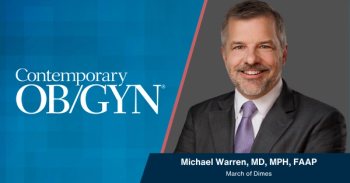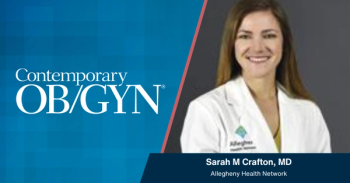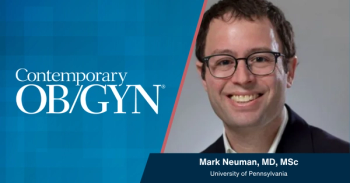
Pearls and pitfalls of genetic screening/testing
Navigation of the complex landscape of genetic prenatal screening and testing and ways to improve communication with patients about often inherently uncertain findings are the focus of the ACOG session, “Pearls & Pitfalls: Genetic Screening/Testing.
Navigation of the complex landscape of genetic prenatal screening and testing and ways to improve communication with patients about often inherently uncertain findings are the focus of the ACOG session, “Pearls & Pitfalls: Genetic Screening/Testing.” On Sunday, May 7 at10:30 am, Lynn Wein Bush, PhD, MS, MA, of the Pediatric Clinical Genetics and Program in Women-Children’s Bioethics at Columbia University Medical Center, will bring a novel pedagogical-and interactive-approach to illustrating contextual nuances of prenatal genetic screening/testing and the challenges of effectively communicating benefits, limitations, and implications to patients.
During the first part of the session, Dr Bush will use 2 fictionalized clinical vignette-dramas to contextualize mounting hurdles faced by professionals and patients when discussing genetic prenatal screening/tests and relaying findings. Four prominent ob/gyns will be cast as fictitious characters in case scenarios addressing a broad range of substantive prenatal genetic-genomic issues (ie, multiple diseases/conditions, wide variation in clinical phenotypes, risk assessments, and distinctions in technologies implemented).
“Genomics and genetic testing are very complex and currently the level of uncertainty about what testing means is very high,” she said, highlighting that a key objective of the session is the importance that attendees recognize and understand the difference between genetic diagnostic tests and screens.
Another key objective of the session is to help attendees recognize the implications of contextual variation, such as the quality of information provided to the patient and an understanding of the differences in patients’ tolerance for uncertainty.
“I want attendees to understand the nuanced process of communication required when talking to patients about prenatal genomic screening/testing,” she said, highlighting that often discrepancy exists between what a provider thinks he or she is saying and what the patient actually hears.
A third objective of the session is for attendees to reflect on the challenges to both providers and patients when faced with the uncertainty of prenatal genomic screening/testing findings.
During the second half of the session, the actors and Dr Bush will convene in a panel to provide further clarification on the issues illustrated in the clinical vignettes. Importantly, said Dr Bush, the panel members will also talk about their experience with and understanding of the issues from the perspective of the role they played during the vignette.
“By using vignettes from multiple perspectives, we try to help physicians do a better job of counselling patients,” she said.
During the panel discussion, audience members will be encouraged to participate to create a truly interactive and engaging pedagogical forum. “This interaction allows for a shift in changing practice and behavior,” said Dr Bush, emphasizing that professionals often perceive communication differently when presented through the pedagogical approach used in the session.
Newsletter
Get the latest clinical updates, case studies, and expert commentary in obstetric and gynecologic care. Sign up now to stay informed.
















